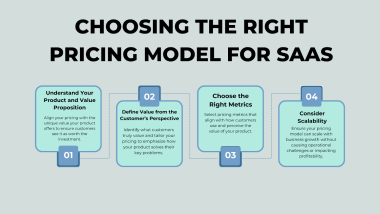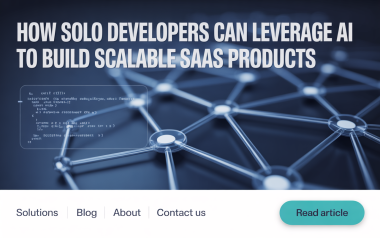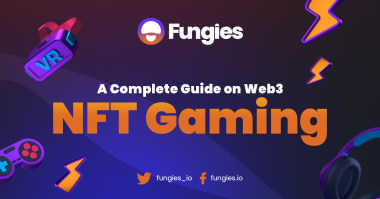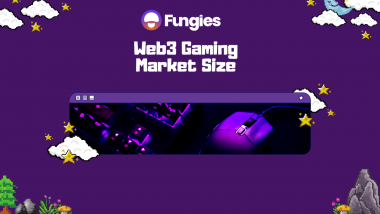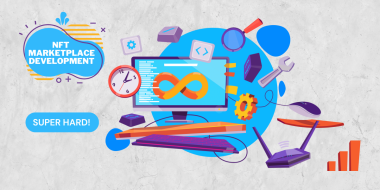Building successful SaaS products as a solo developer presents unique challenges requiring strategic approaches and careful resource allocation. The journey from idea to profitable SaaS business demands not just technical skills but also market understanding, efficient development practices, and creative customer acquisition techniques.
Key Takeaways:
- Validate your idea thoroughly before investing significant development time to ensure market fit
- Focus on building a feature-limited MVP that addresses core user needs rather than an overly ambitious initial product
- Choose a tech stack you’re comfortable with to maximize development speed and minimize learning curves
- Leverage third-party tools and services to handle non-core functions and reduce development burden
- Create automated systems early to ensure your business can scale without proportional increases in your time commitment
Idea Validation: Finding Your SaaS Niche
For solo developers, proper idea validation represents the foundation of SaaS success. I’ve seen countless technically impressive products fail simply because they didn’t solve real problems for specific audiences.
The most efficient validation approach combines targeted research with early user feedback. Create simple prototypes or mockups to gather insights before investing months in development.
Focusing on niche markets offers distinct advantages for solo founders. These specialized audiences typically have underserved needs and less competition, creating opportunities to build loyal user bases.
Consider these validation methods to test your concept:
- Conduct surveys among your target audience to identify pain points
- Create landing pages to gauge interest through email signups
- Develop interactive prototypes for early feedback
- Analyze existing solutions to find gaps your product can fill
MVP Development: Building the Core Experience
The Minimum Viable Product approach prevents the common trap of feature bloat. I recommend categorizing all potential features into three distinct buckets to maintain focus during initial development.
Organize your features as follows:
- Must-Have: Core functionalities that deliver your primary value proposition
- Nice-to-Have: Features that enhance the experience but aren’t essential
- Future Consideration: Additional capabilities for later development phases
This disciplined approach keeps development costs low and accelerates time to market. Your MVP should solve the specific problem you identified during validation, even if the solution lacks bells and whistles.
Remember that perfect is the enemy of done. Releasing early allows you to gather real-world feedback and adjust your roadmap based on actual user behavior rather than assumptions.
Selecting the Right Technology Stack
As a solo developer, your tech stack selection dramatically impacts development speed and maintenance burden. The ideal stack balances your personal expertise with scalability requirements.
Popular front-end frameworks like React, Vue.js, and Angular offer robust capabilities for building responsive interfaces. For backend development, Node.js, Django, and Ruby on Rails provide solid foundations with extensive community support.
Database selection should align with your data structure needs:
- Relational databases (MySQL, PostgreSQL) for structured data with complex relationships
- NoSQL solutions (MongoDB) for flexible schema requirements and faster iteration
- Cloud database services to reduce maintenance overhead
Hosting infrastructure represents another critical decision. Modern cloud platforms like AWS, Google Cloud, and Heroku offer scalable solutions with manageable learning curves and reasonable starting costs.
Leveraging Third-Party Tools to Increase Efficiency
The modern SaaS ecosystem provides numerous tools that can supplement your capabilities as a solo developer. Integrating these services allows you to focus on your core product while benefiting from specialized functionality.
Essential development tools include robust code editors like Visual Studio Code or JetBrains products, paired with version control through Git repositories. CI/CD pipelines through services like GitHub Actions can automate testing and deployment processes, ensuring consistent quality.
Beyond development, consider these operational tools:
- Error monitoring platforms like Sentry to catch and diagnose issues
- Customer support systems such as Intercom or Zendesk
- Analytics tools to track user behavior and product performance
- Payment processing services that handle subscriptions and billing
Customer Acquisition for Solo Founders
Acquiring customers represents perhaps the greatest challenge for technical founders building SaaS products alone. I’ve found that creating a compelling landing page forms the foundation of any acquisition strategy.
Your landing page should clearly communicate your product’s value proposition and include strong calls to action. SEO optimization helps potential customers discover your solution when searching for related problems.
Effective customer acquisition channels include:
- Content marketing focused on solving problems for your target audience
- Product Hunt, Hacker News, and similar platforms for initial exposure
- Targeted social media engagement in communities where potential users gather
- Email marketing campaigns to nurture leads and announce updates
Building in public through transparent development blogs or social media updates can also attract an engaged audience. This approach creates authentic connections with potential users who appreciate seeing the person behind the product.
Scaling with Limited Solo Resources
Growth presents unique challenges when you’re the only person responsible for every aspect of your SaaS business. Setting up automated systems early prevents you from becoming the bottleneck as your user base expands.
User feedback should guide your scaling priorities, ensuring you focus on improvements that deliver the most value. Consider partnering with freelancers or contractors for specialized tasks outside your core expertise.
Continuous learning becomes essential as your product evolves and market conditions change. Allocate regular time for expanding your skills in areas critical to your business growth.
Practical scaling strategies include:
- Creating self-service onboarding processes
- Developing comprehensive documentation to reduce support requirements
- Implementing automated testing to maintain quality as features expand
- Setting up scalable infrastructure that grows with demand
Embracing the Indie Hacker Mindset
Successful solo SaaS developers adopt an indie hacker mentality focused on sustainable growth and profitability. This approach values lean operations over rapid expansion funded by external investment.
The indie mindset emphasizes direct customer relationships and iterative improvement based on user feedback. Each enhancement or feature addition should directly address verified user needs rather than speculative market trends.
This approach also acknowledges the reality that solo developers must balance technical work with marketing, customer support, and business operations. Accepting these limitations while finding creative ways to overcome them defines the successful indie hacker.
Overcoming Common Solo SaaS Challenges
Several recurring obstacles face solo developers in the SaaS space. Limited resources force difficult prioritization decisions across product development, marketing, and customer support.
Scalability concerns emerge as user numbers increase, potentially overwhelming manual processes. Marketing and outreach often receive insufficient attention from technically-focused founders, limiting growth potential.
Effective strategies to address these challenges include:
- Implementing automation wherever possible to reduce repetitive tasks
- Building active communities around your product for peer support
- Focusing relentlessly on solving specific problems rather than adding features
- Creating systems and processes that scale independently of your time
